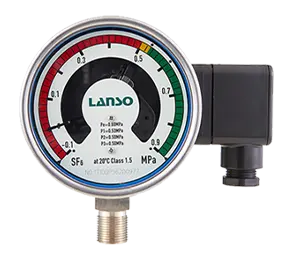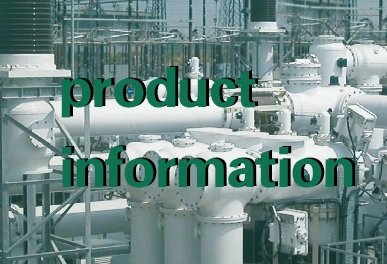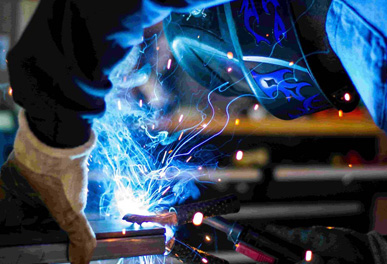SF6 Relay Verifier is an important equipment in the electric power industry, used to ensure the accuracy and reliability ofSF6 Relay. When using and maintaining this critical equipment, attention should be paid to storage, transportation, and frequently asked questions. This article will discuss these aspects of theSF6 Relay Verifier.
Storage and Transportation of SF6 Relay
SF6 Relay Verifier is a precision electronic product, so special care is needed during storage and transportation. Here are some key points:
Temperature requirements
Temperature range: SF6 Relay Verifier should be placed in an environment with a temperature of -30℃ to 70℃. This range ensures normal operation of the equipment.
Relative humidity: Relative humidity should not exceed 90% to prevent moisture damage to the equipment.
Avoid corrosive gases: Ensure that the air does not contain gases that can cause corrosion to maintain the integrity of the equipment.
Avoid vibration and impact
During the transportation of SF6 Relay Verifier, violent vibration and impact must be avoided. The precision components of the equipment are very sensitive to physical damage, so they must be handled with care during handling and transportation.
Prevent rain and snow immersion
Ensure that the equipment is not immersed in rain or snow during transportation to prevent moisture from entering the equipment and causing malfunctions.
Gas supply filling
According to the requirements of the national safety supervision department, the gas supply filling of the SF6 Relay Verifier should be conducted at the user's location or test site. It is recommended to fill the gas source at a professional inflation point to ensure the purity and quality of the gas source.
FAQs for SF6 Relay Calibrator
Preparations Before the Experiment?
Ensure the instrument's battery is charged or charge it promptly.
Verify the completeness of the filtering joints.
Check the gas pressure in the gas storage cylinder; recharge if necessary with SF6 or N2, with an inflation pressure ≤1.5MPa.
How to Inflate the Gas Storage Cylinder? To What Level Should it be Filled?
Connect the provided pressure reducing valve to the gas source cylinder, link it directly to the gas storage cylinder through the supplied inflation pipeline, and gradually open the pressure reducing valve to commence inflation. The gas can be SF6, N2, or similar.
The pressure inside the gas storage cylinder can generally be filled to 1.5MPa. One gas filling can be used for several tests.
How to Print Test Results? How to Replace Printing Paper and Ribbon?
To print test results, connect to AC power, and directly print from the historical records.
Printing paper and ribbon are consumables for the printer. Replace them according to usage. The printer allows direct replacement of paper and ribbon on the panel. For any questions during replacement, contact the manufacturer directly.
Are the Instrument Test Values Relative Pressure Values? When Testing SF6 Relays, are Absolute Pressure Values Measured?
The pressure values tested by this calibrator are relative pressure values. When the alarm value, interlock value, and pressure indication value of the tested SF6 relay are expressed in absolute pressure values, subtract 0.1MPa to convert to relative pressure values.
By following the guidelines for storage, transportation, and the provided FAQs, you can ensure the safe and reliable use of the SF6 Relay Calibrator, providing essential support for the operation of power equipment. Maintaining the accuracy and performance of relays is crucial in the power industry.







